Is Your Child’s Brain Getting What It Needs to Thrive for a Lifetime?
Why Your Parenting Choices Today Could Protect Your Child’s Memory 50 Years From Now
Here’s something that’ll stop you in your tracks: people are developing Alzheimer’s earlier than ever before. We’re not talking about your grandparents’ generation anymore—cognitive decline is creeping into younger ages.
But here’s the shocking twist: the habits your child builds right now could be the difference between a sharp mind at 70 or struggling to remember at 50.
What if you could give your child something more valuable than any inheritance? What if you could wire their brain for lifelong brilliance, starting today?
Physician Dale Bredesen has spent decades proving that cognitive decline isn’t inevitable. And his research reveals something every parent needs to hear: the earlier you start, the more powerful the protection.
Your child’s brain is developing right now. Every meal. Every bedtime. Every challenge you give them. It’s all shaping the brain they’ll live with for decades to come.
Ready to discover how?
The Wake-Up Call You Can’t Ignore
Meet Nina. She was only in her forties when the forgetting started.
Keys. Words. Why she walked into a room.
“Just getting older,” she thought.
Wrong.
When Nina took the Montreal Cognitive Assessment (MoCA), her score hit 23—firmly in the concerning range of 19-25 that signals cognitive impairment. In her forties. With a family history of Alzheimer’s looming behind her.
Here’s what you need to understand: cognitive decline doesn’t start when you’re old. It starts decades earlier.
The damage begins silently, invisibly, while you’re still living your normal life.
And yes, this matters for your kids because the lifestyle patterns they’re building right now are programming their brains for what comes later.
Why Starting Early Isn’t Just Smart—It’s Everything
Think about this: about 25% of people carry a gene variant that increases Alzheimer’s risk. Even more alarming? This genetic factor can start affecting memory performance as early as age 18 or 20.
But here’s where you get your power back.
You can’t change your child’s genes. But you absolutely can shape their lifestyle. And according to Bredesen’s research, lifestyle changes can prevent—and potentially even reverse—cognitive decline.
The key word? Prevention.
If you wait until your child is forgetting things as an adult, you’ve already lost precious ground. But if you build brain-healthy habits now, while they’re young? You’re giving them armor against a threat they won’t even see coming for decades.
The Brain-Boosting Power of What’s on Your Child’s Plate
Want to know the easiest way to start protecting your child’s brain today?
Look at their dinner plate.
Diet has a massive impact on cognitive health. And no, this isn’t about being a perfect parent with a spotless kitchen. It’s about understanding which foods build brilliant brains—and which ones slowly tear them down.
The Rainbow Rule Your Kids Will Actually Enjoy
Remember the Skittles slogan, “Taste the rainbow”? Here’s how you make it work for brain health:
Do this with fruits and vegetables, not candy.
- Purple onions
- Green avocados
- Red raspberries
- Orange sweet potatoes
Make it a game. Challenge your child to eat a different color each day. You’re not just feeding them—you’re building neural pathways that’ll serve them for life.
What to Fill Their Plates With
Aim for a plant-rich diet that’s high in:
- Phytonutrients (that’s the fancy word for plant power)
- Fiber
- Healthy fats like omega-3s
- Colorful vegetables, especially the cruciferous ones (broccoli, cauliflower, Brussels sprouts)
What to Keep Off Their Plates
Yes, this is the harder part. But you’re a parent—you’ve handled harder.
Stop loading them up with:
- Ultraprocessed foods (studies directly link these to faster cognitive decline)
- Excessive sugar
- Simple carbohydrates that spike blood sugar
Because every time you choose whole foods over processed junk, you’re quite literally building a better brain.
The Fruit Trap You Need to Avoid
Fruit is healthy, right? Yes—but there’s a catch.
Don’t let your child fill up on high-sugar fruits or drink fruit juice. Instead, opt for low-glycemic options like berries. And here’s the secret: always choose whole fruit over juice. An orange beats orange juice every time because you get the fiber while reducing the blood sugar spike.
Timing Matters Too
Here’s something most parents don’t realize: when your child eats matters almost as much as what they eat.
Stop letting them snack within three hours of bedtime. Late-night eating interferes with sleep quality—and sleep is when the brain does its most important cleanup and maintenance work.
Think of it this way: you wouldn’t skip oil changes for your car. Don’t skip quality sleep for your child’s brain.
Move Their Bodies, Boost Their Brains
Want a simple equation that’ll change everything?
Exercise = Brain fertilizer.
What’s good for your child’s body is just as good for their brain. And the science backs this up powerfully.
How Much Movement Do They Need?
You should be aiming for variety:
- Three hours of aerobic exercise per week (running, swimming, cycling, dancing)
- Regular strength training (yes, even for kids—think climbing, playground equipment, age-appropriate weights)
- Occasional high-intensity bursts (sprints, tag, jump rope)
“But my child doesn’t have time!” you might be thinking.
Stop right there. Research shows we often have more free time than we realize—we just fill it differently. What if you swapped 30 minutes of screen time for 30 minutes at the park?
The Sleep Connection You Can’t Ignore
Here’s why exercise matters even more than you think: it directly improves sleep quality.
And sleep? That’s non-negotiable for brain health.
Your child needs 7 to 8.5 hours per night. Not 6. Not 10. Somewhere in that sweet spot. And it’s not just about quantity—they need quality sleep that includes:
- 1.5 hours of REM sleep (when memories get stored)
- At least 1 hour of deep sleep (when the brain detoxifies)
How do you make this happen?
- Stop screen time at least an hour before bed
- Stick to a regular sleep schedule (yes, even on weekends)
- Make their room cool and dark
- Consider earlier exercise (evening workouts can interfere with sleep)
Your child’s brain does critical maintenance work during sleep. Miss that window, and you’re asking them to run on a dirty engine.
Challenge Their Minds, Build Their Future
Here’s where things get really interesting.
Your child’s brain has something called neuroplasticity—the remarkable ability to rewire and adapt. And you can harness this superpower right now.
The Challenge Framework That Works
Bredesen recommends a simple system you can implement today:
Small challenge daily
Switch up their routine. If they usually do math homework first, start with reading. Take a different route to school. Try a new type of puzzle.
Medium challenge monthly
Read a different genre together. Learn to cook a new cuisine. Explore a new hobby.
Big challenge yearly
Learn a musical instrument. Study a new language. Master a complex skill.
Why does this work? Because new challenges force the brain to create new neural pathways. You’re literally building a more flexible, adaptive brain.
The Power of Hands-On Learning (Without Screens)
Here’s something you need to understand: screen time isn’t building the neural connections your child needs.
Want to know what does? Hands-on, tactile learning experiences that engage multiple senses at once.
When your child manipulates physical objects—building, sorting, creating patterns—their brain fires up in ways that passive screen time simply can’t match. They’re developing spatial reasoning, problem-solving skills, and the kind of deep focus that translates to better cognitive health long-term.
This is why open-ended educational toys can be such powerful brain-building tools. Systems like Spielgaben offer 500+ screen-free activities across math, STEM, literacy, and creativity—all designed to create those daily cognitive challenges we talked about. The beauty? Your child doesn’t even realize they’re “training” their brain. They’re just playing, building, and discovering.
The key is choosing tools that grow with your child and encourage creative problem-solving rather than passive consumption. When your child builds complex patterns, solves spatial puzzles, or creates their own designs, they’re literally wiring their brain for flexibility and resilience.
And yes, this matters for preventing cognitive decline decades from now. Those neural pathways they’re building at age 5 or 8? They’re the foundation for the sharp, agile mind they’ll need at 50 and beyond.
The Social Brain Booster
Want to know an easy way to supercharge your child’s cognitive development?
Let them interact with diverse people.
Every conversation with someone new is a mini-workout for the brain. New faces. New voices. New perspectives. Their brain has to process unfamiliar information and decide what to remember.
And here’s something fascinating: research suggests that people who stay open-minded and curious about different viewpoints maintain better cognitive health. So when your child interacts with people who think differently, you’re not just teaching tolerance—you’re building brain resilience.
Meaningful relationships demand flexibility, constant interaction, and emotional responsiveness. All of this supports neuroplasticity and keeps the brain young.
Testing: Your Child’s Cognitive Report Card
You track their height. You monitor their grades. But are you tracking their brain health?
You should be.
Bredesen recommends specific tests that can catch early warning signs—sometimes up to 10 years before symptoms appear.
Tests to Consider
- GFAP levels (measures brain inflammation; establish a baseline at age 35, then retest every five years)
- Glucose metabolism markers
- Ketone levels
- Cognitive assessments like the MoCA or SLUMS exam
Yes, many of these tests require out-of-pocket payment. But here’s Bredesen’s perspective: they often cost less than what families spend annually on coffee.
If you had to choose between protecting your child’s brain for life or buying lattes for a year, which would you pick?
The real question isn’t whether you get them tested. It’s what you’ll do with the results if something shows up early.
Your Action Plan Starts Right Now
Listen, you’ve just absorbed a lot of information. And you might feel overwhelmed.
Don’t be.
You don’t have to implement everything instantly. Start with just two or three changes today.
Here’s your first step: look at tomorrow’s dinner. Can you add one more colorful vegetable? Can you swap processed snacks for whole fruit? That’s it. That’s where you start.
Next, take a walk with your child after school. Twenty minutes. That’s your exercise foundation.
Finally, tonight, move bedtime 15 minutes earlier and cut screens 30 minutes before sleep.
Three changes. Three massive impacts on your child’s developing brain.
And if you want to make this even easier? Track these changes for one week. Notice how your child responds. Adjust as needed. You’re not aiming for perfection—you’re aiming for progress.
Because here’s the beautiful truth: small steps lead to sharp minds, and today’s choices become tomorrow’s brilliance.
The brain your child has at 70 is being built right now, at your dinner table, on your playground, in your bedtime routine. You’re not just raising a child—you’re architecting a lifetime of cognitive strength.
Win the morning. Win the meals. Win the movement.
Their future self will thank you.
Ready to start? Pick one change today. Your child’s ageless brain begins with you.

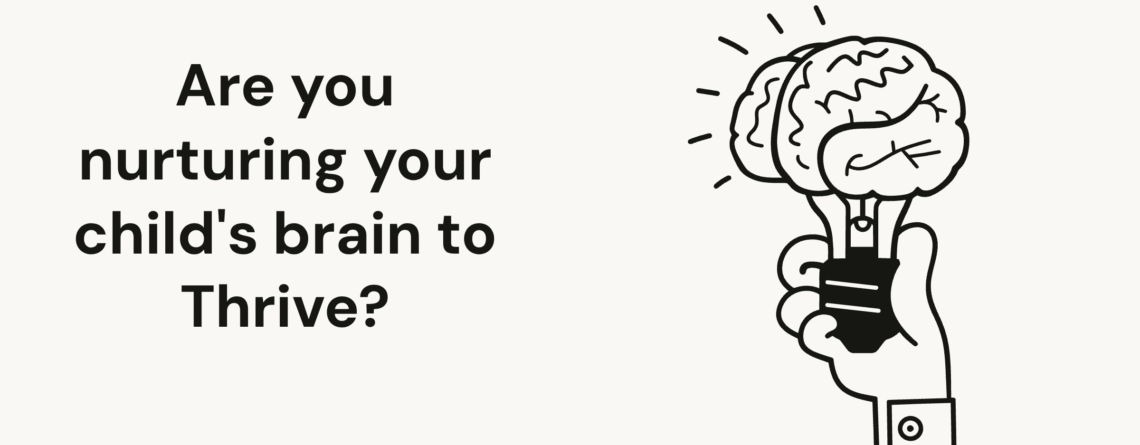


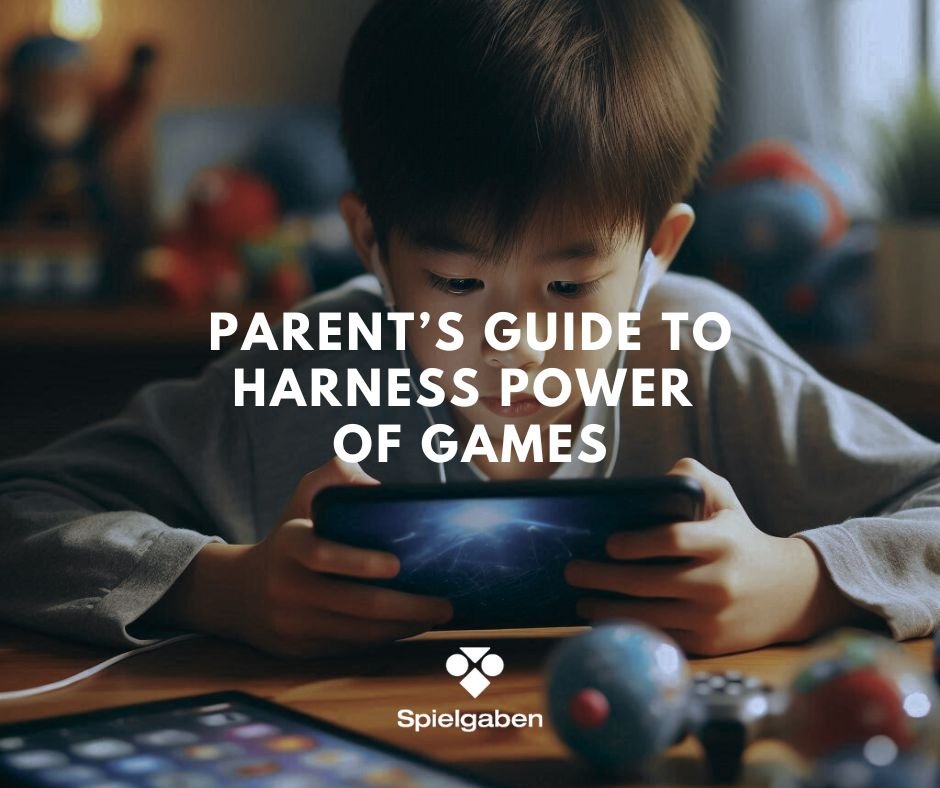


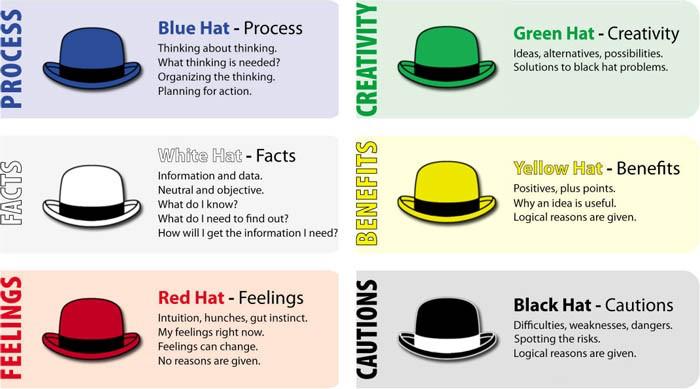
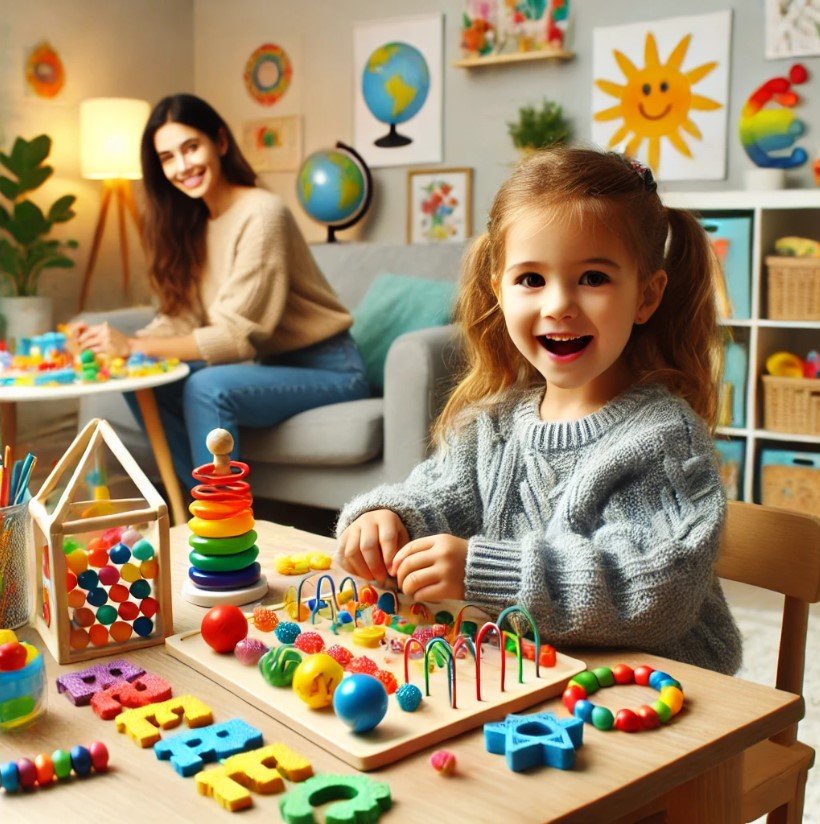
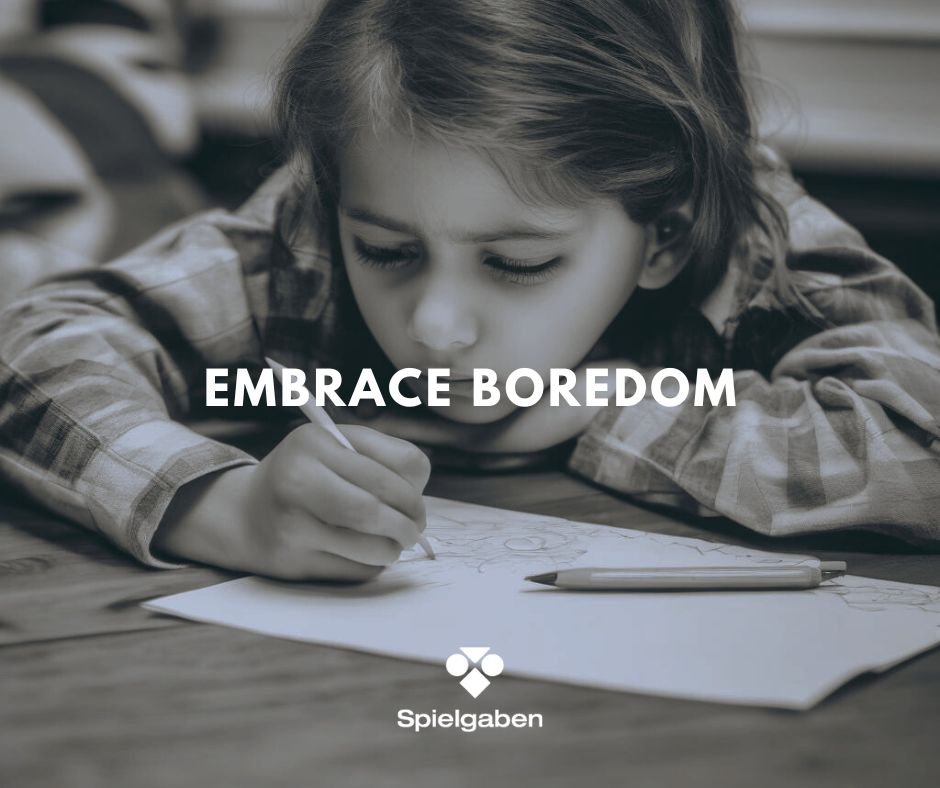



LEAVE A COMMENT